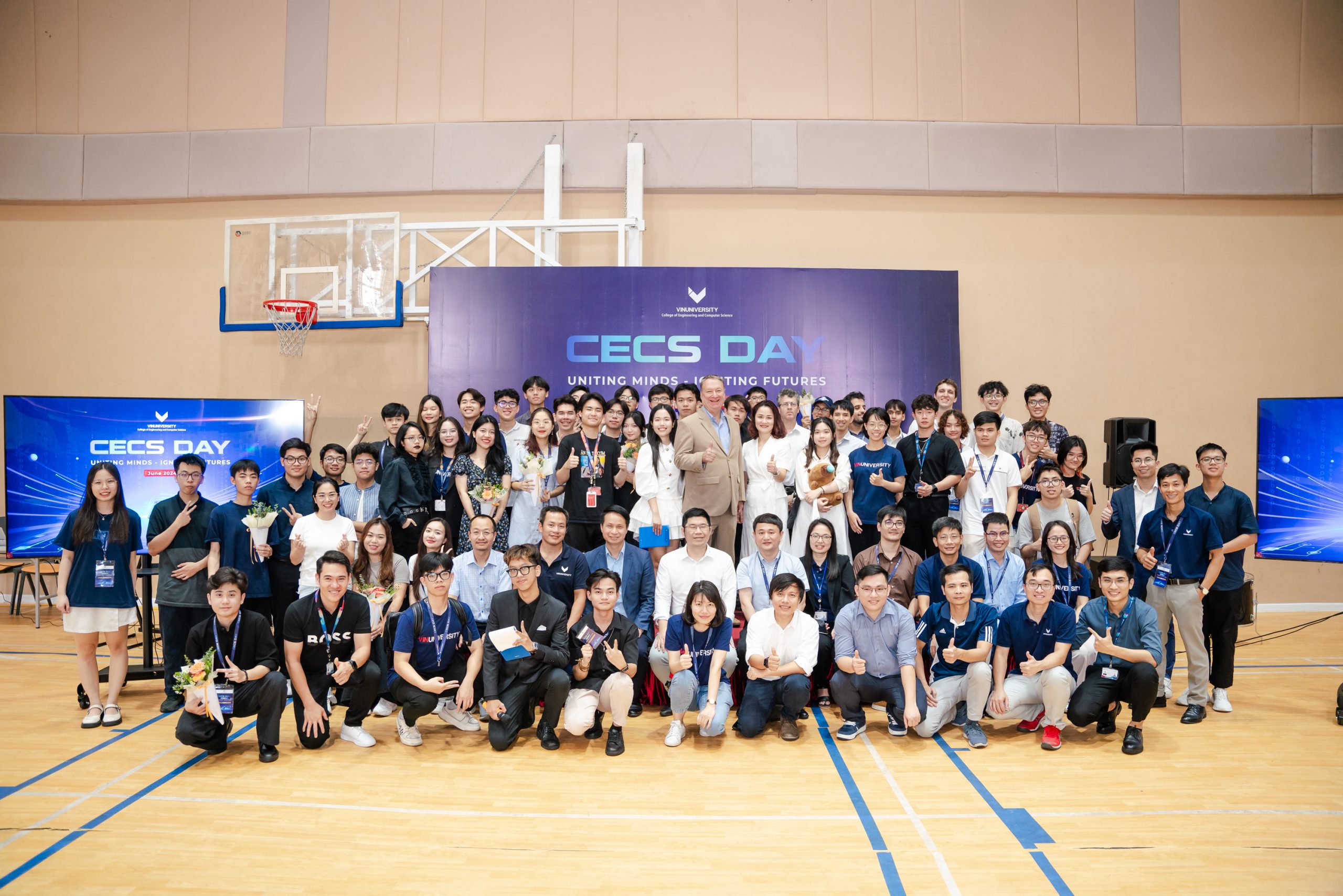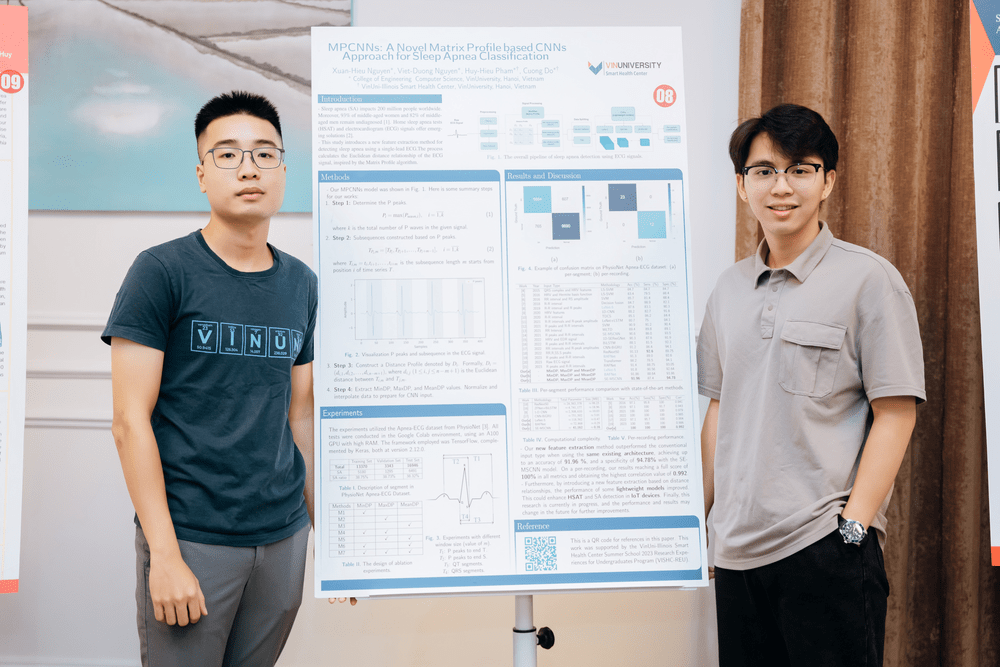Lessons Learnt in Teaching Physics using TBL
by Dr. Le Van Quynh (CECS)
Last Spring, I implemented the TBL pedagogy in my Introductory Physics class for CECS students. Since it was my first time teaching a course, it is difficult to compare the student learning and engagement from my classes that used the TBL method with the more traditional method of teaching. I did find that students were highly engaged and actively interacted with each other during class. I want to share three lessons learnt from my TBL experience: (1) TBL requires both faculty and students to put more effort upfront in preparation, so it is important to have clear expectations, (2) faculty must be ready to “embrace noise” in the classroom, particularly during the TRAT and application sessions, (3) faculty will need the support of skilled TAs and co-instructors to run the course effectively. I believe that TBL is a very useful student-centric approach for teaching science: students learn by discovering, doing, making mistakes and collaborating. Even though it was a challenge, I will continue to use TBL in my teaching.
1. Could we work in group and share the same data as a group? Which parts of the lab report do we have to assign independently? As I understand, we can use the mutual data and post-lab questions but different discussions.
No, a lab report is not group work. Each student writes his/her own report. The only thing that is accepted as group work in the report is a graphical sketch of the experiment. Specifically, the drawing can be shared by members of the team to which they belong. The rest of the document is personal writing.
About the data: (i) for the online laboratory work, all of you use the same data because we have only one data provided by me. (ii) for the on-campus lab, each group shares the group’s data. Yet, remember you have the same raw data (collected data from measurements); you must work by yourself to analyze the data (calculating the error bar, plot the figures/diagrams, make fitting …). After this step, if you want to discuss the treated results with other team members, it is up to you – there is nothing to prevent it. Remember that no one forbids you to discuss to draw thoughtful conclusions (key messages), but you are in serious trouble if the plagiarism is detected.
All parts of the lab report are individual tasks except the graphical graph of the setup.
Post-lab questions: Certainly, post-lab questions are a guide to all of you to concentrate on the needed discussions, presenting key information, and drawing main conclusions.
The bottom line: You work together to collect the data and share the setup graphs; the rest is your own work. I do not forbid members of the same team to bring their treated results (charts, diagrams, figures, tables) to discuss. After the discussion, the team might agree collectively on several points that need to be addressed or pointed out in their reports. But, again, writing up your lab report is your own work.
2. Could we use all of your Theory, Measurement Setup, and Experiment description in the Lab instruction for our lab report? If not, could we use some of those and develop some more points for our lab report?
No, you cannot reuse the text or graphs presented in the lab instruction. Again, you have to write the report by yourself.
Some parts like experimental procedure, several steps might repeat the one described in the instruction is unavoided. However, in this case, try to paraphrase them. Remember, the lab instruction is typically presented in detail since it is manual for you to follow even without the lab instructor. The report is more concise and does not need to go into such details.



